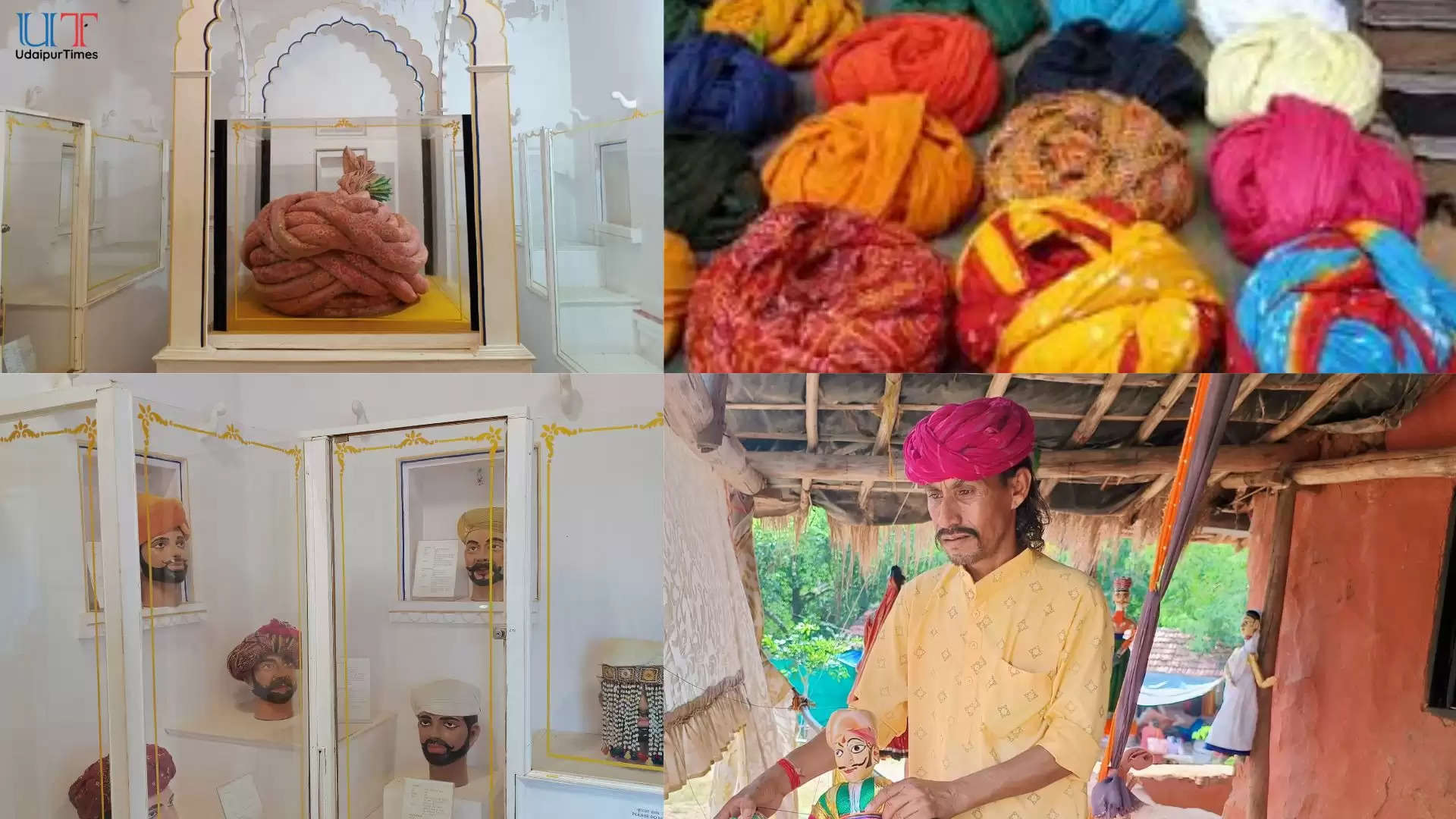Turban Tradition Preserved at Bagore Ki Haveli, Udaipur
The Legacy of Turban Tying in Rajasthan
In Rajasthan, the art of turban tying is more than a style; it is a symbol of tradition, respect, and pride. Known as “Pagdi” or “Safa,” the turban is an essential part of Rajasthani culture, woven deep into the daily life of its men. This age-old practice, dating back to times even before the Vedic period, is still alive in forts, farmlands, and festive fairs across the state.
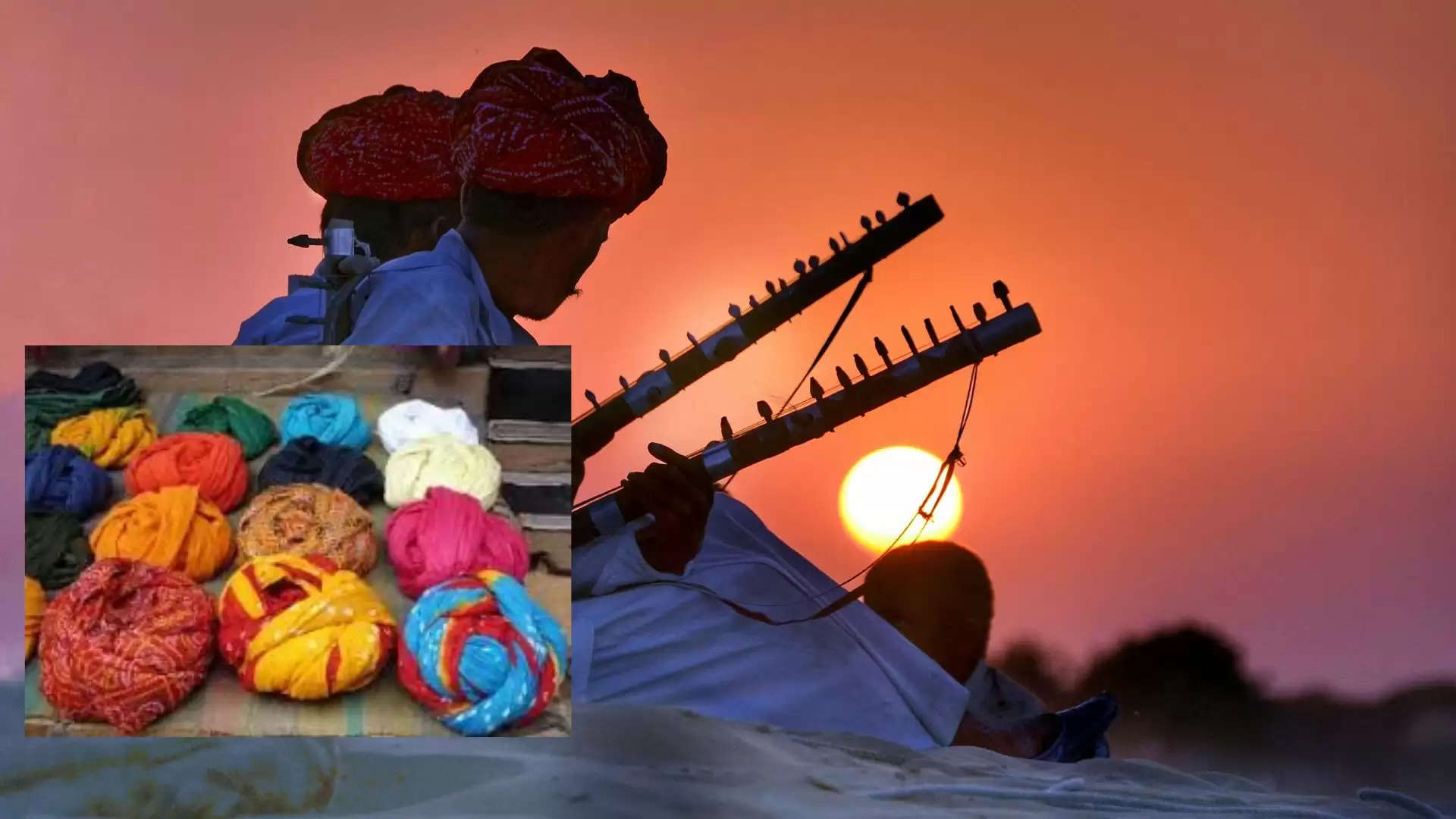
A Symbol of Identity and Tradition
Initially, turbans served a practical purpose, protecting people from the scorching desert heat and monsoon rains. Over time, they evolved into a cultural symbol representing one's community, social status, and heritage. Each community in Rajasthan has its unique way of tying the turban, making it possible to identify someone’s background just by their headwear.
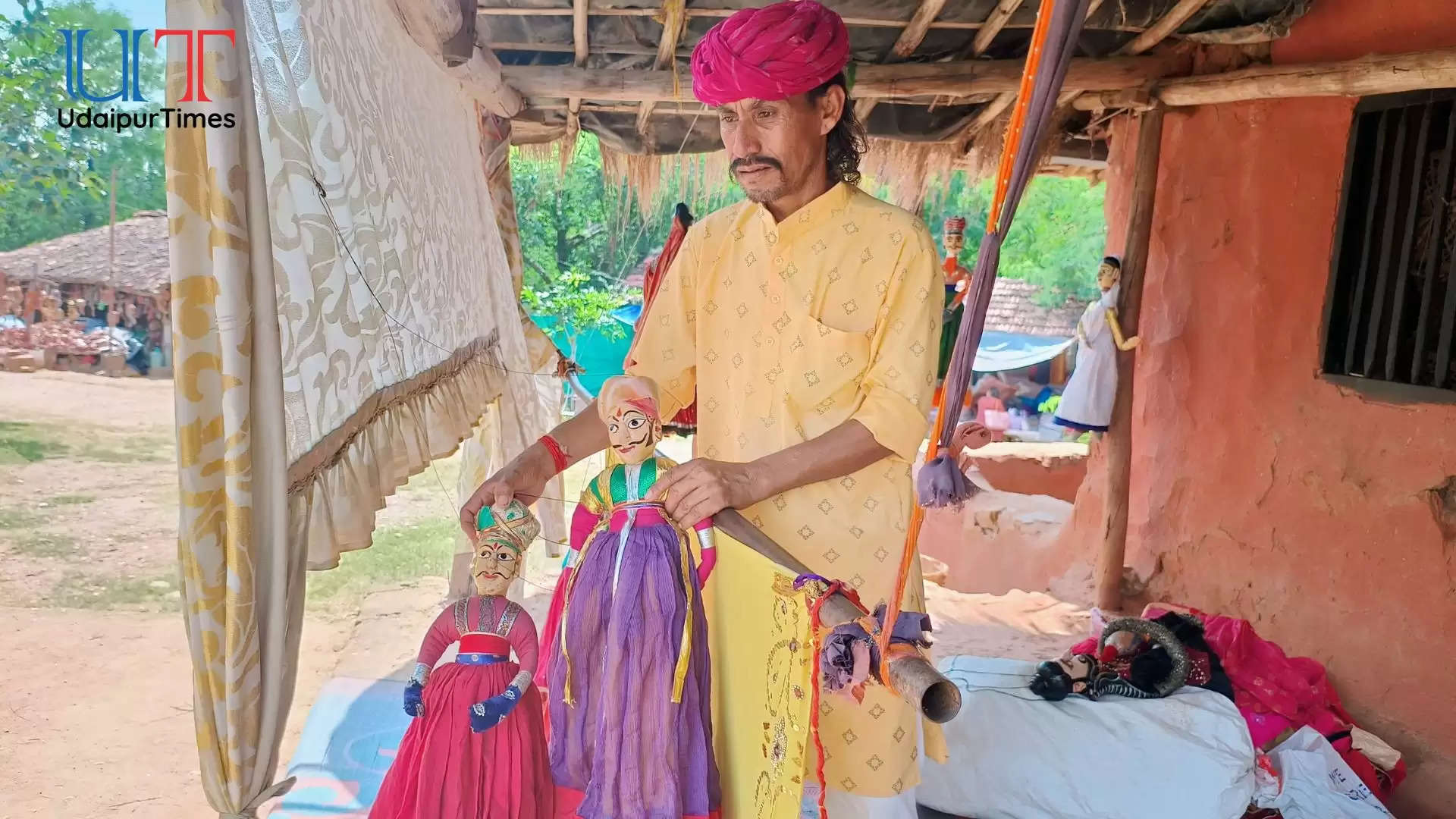
For instance, a Chaudhary (landlord) wears a different style of turban compared to a Devasi (nomadic shepherd) or a royal family member. The colour of the turban also holds significance. A white turban, for example, often symbolizes the head of a family or is worn by members of the Bishnoi community, who are known for their commitment to environmental protection. The style and colour of turbans differ across regions, with the Degana region having a distinct style from the Merta region.
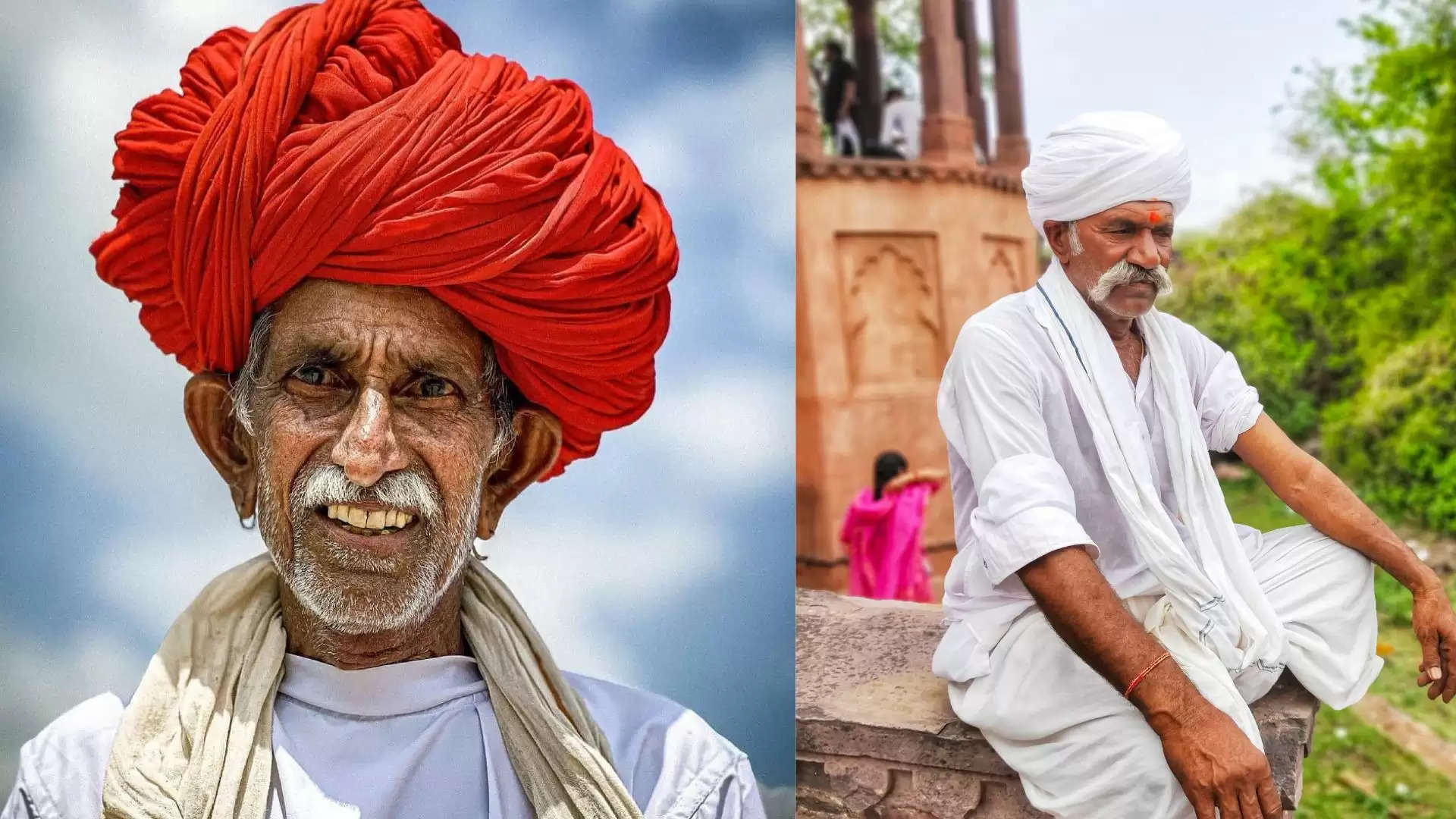
Modern Trends: Revival Through Films and Events
While the tradition of daily turban-wearing has faded with modern times, recent cultural portrayals in Bollywood films and Rajasthani-themed events have revived interest among the younger generation. Turbans are now commonly worn at weddings and special occasions, with professionals offering turban-tying services in shops and through government organized workshops.
The Art of Making Turbans
The turban-making process itself is a delicate craft. The cloth is starched to give it firmness, and depending on the style, the width may vary. The Safa is a smaller, simpler version, while the Paag is longer and more elaborate. Traditional turbans were dyed using natural colours like indigo and saffron, though chemical dyes have largely replaced these today.
Turban Museum at Bagore Ki Haveli
One of the most important centers for preserving this art is Bagore Ki Haveli in Udaipur. The haveli hosts a museum displaying turbans from different regions, showcasing the diversity of Rajasthan’s headgear. A key attraction is the world’s largest turban, made by an artist from Baroda using 152 meters of cloth and weighing 30 kgs. This creation represents the turbans worn by farmers from Rajasthan, Gujarat, and Madhya Pradesh. Thousands of tourists flock to Bagore Ki Haveli, especially on weekends.
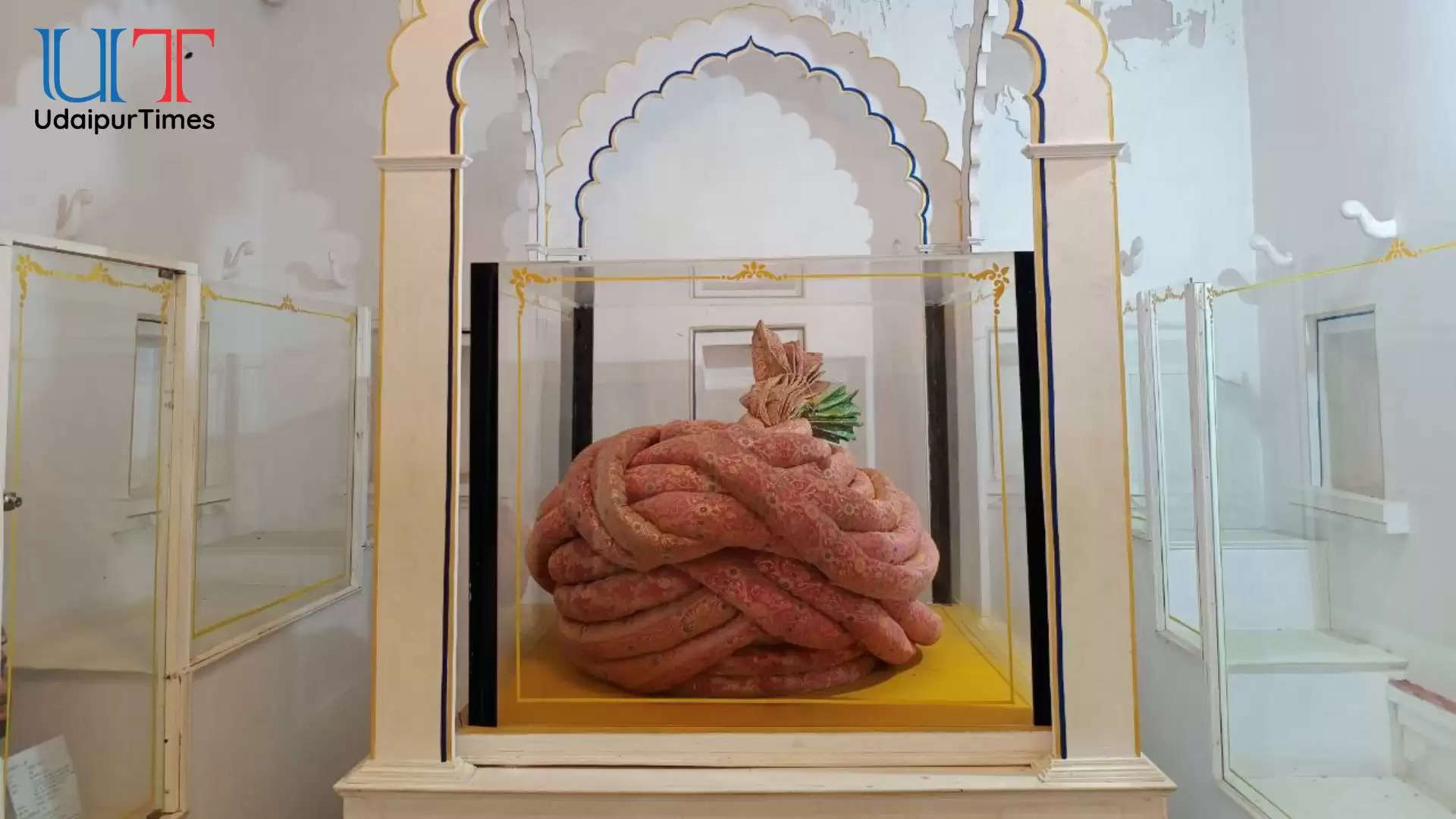
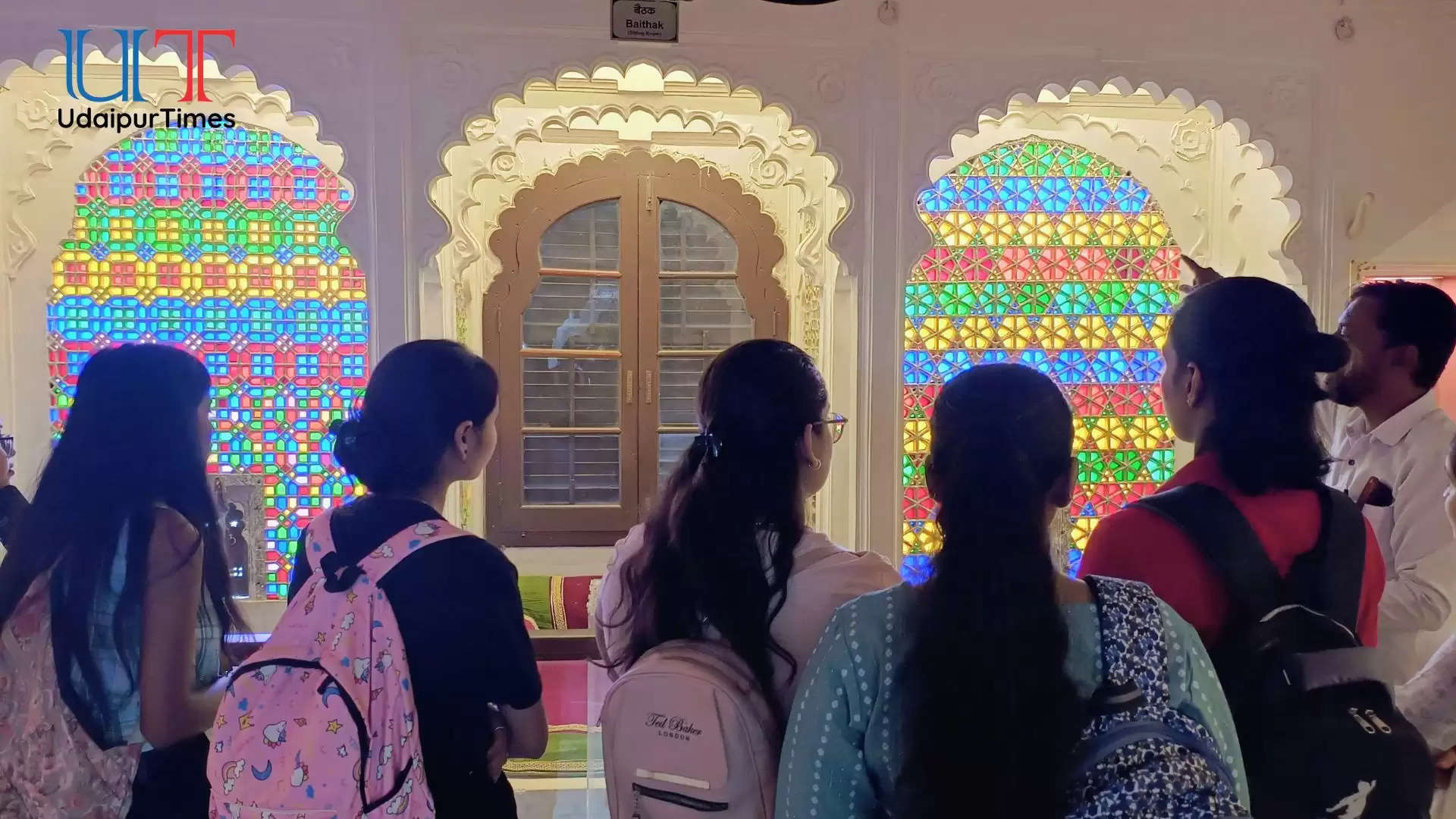
Despite the declining practice of daily turban-wearing, places like Bagore Ki Haveli are keeping this important cultural tradition alive. Through efforts by museums and cultural exhibitions, the art of turban tying continues to inspire both locals and tourists.
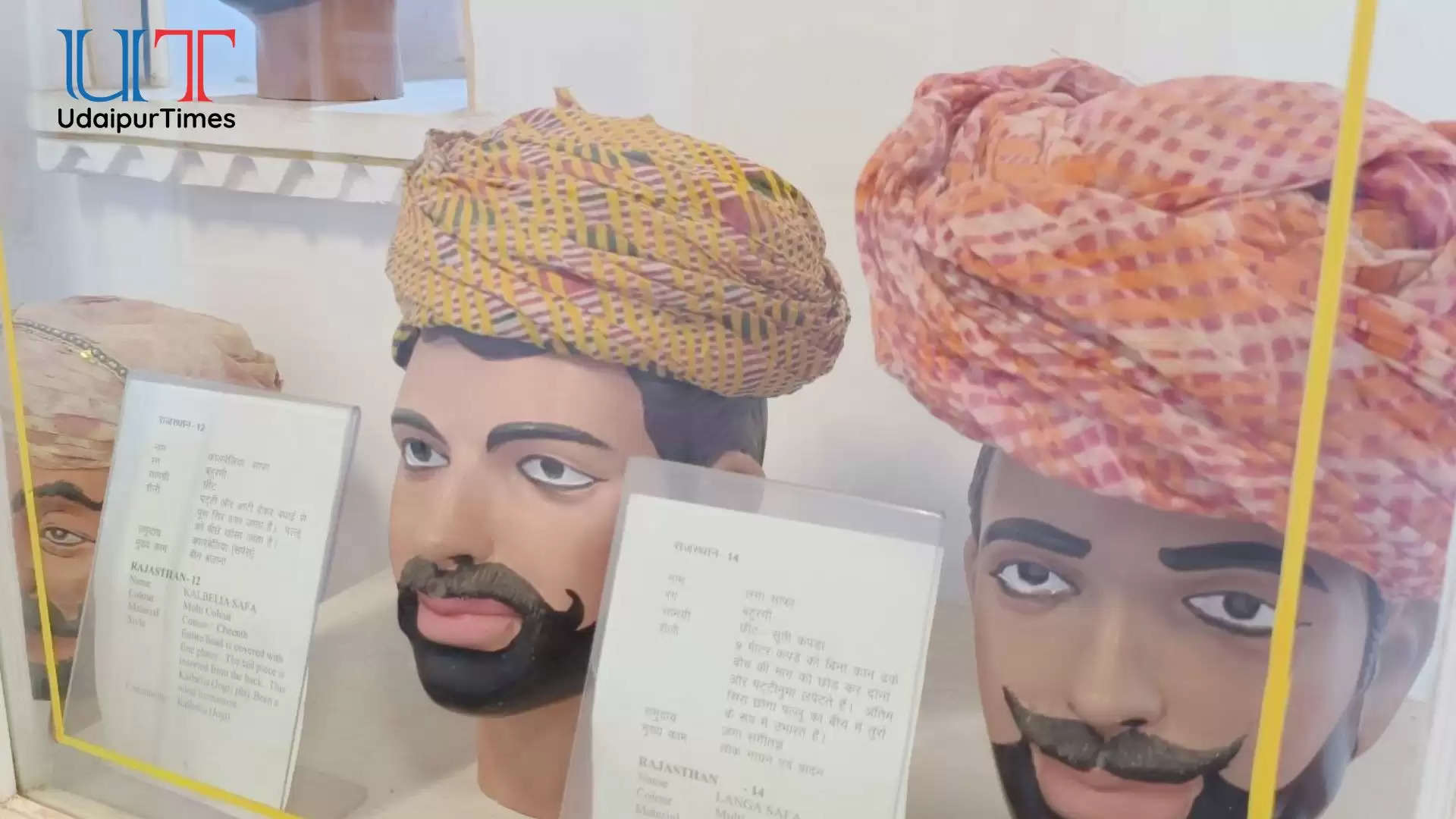
To join us on Facebook Click Here and Subscribe to UdaipurTimes Broadcast channels on GoogleNews | Telegram | Signal



